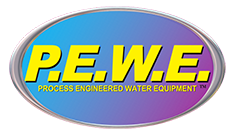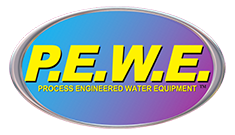 A variety of different industries need to treat wastewater and rid it of various contaminants. One of the most effective ways to do so is with Dissolved Air Flotation equipment used in a system of the same name, also known as DAF. The DAF wastewater treatment system consists of many parts and has an entire science behind it. By knowing the basics of one of the best industrial water treatment systems, you’ll be better able to apply it to your own business.
A variety of different industries need to treat wastewater and rid it of various contaminants. One of the most effective ways to do so is with Dissolved Air Flotation equipment used in a system of the same name, also known as DAF. The DAF wastewater treatment system consists of many parts and has an entire science behind it. By knowing the basics of one of the best industrial water treatment systems, you’ll be better able to apply it to your own business.
The Purpose of DAF
While many industries use this system, the DAF wastewater treatment system was designed to remove three main types of contaminants from a wastewater stream. These types are suspended solids, biochemical oxygen demand, and oils and greases.
The removal of suspended solids is often the focus of municipalities that implement dissolved air flotation for their treatment of wastewater. The biochemical oxygen demand in wastewater streams is the amount of dissolved oxygen present in the water that allows microorganisms to decompose the water’s organic matter. Oils and greases are often present in wastewater reservoirs from companies in the food industry and are notoriously difficult to separate from the water.
How DAF Works
As the name suggests, dissolved air flotation works by injecting pressurized air into a recycle stream, which is made of already-clarified DAF liquid waste. The system then combines and mixes the recycle stream with incoming wastewater in an internal contact chamber.
In that chamber, the dissolved air comes out of the DAF liquid solution in the form of micron-sized bubbles. These bubbles attach to the contaminants in the wastewater and together they rise to the surface and form a floating bed of material. A surface skimmer removes this conglomeration of material and puts it in an internal hopper for further processing.
Advantages of DAF
Users of DAF wastewater treatment systems see several advantages over using traditional, gravity wastewater clarification. Primarily, this system has a great ability to handle bulk solids that tend to float as it can capture those solids before effectively removing them. This has made the system especially effective at removing biological solids from wastewater streams. DAF has a smaller carbon footprint, making it more environmentally-friendly than traditional systems.
In the world of wastewater treatment, DAF is proving to be the popular way forward. With an effective process and a versatility that can be applied to several different industries, the use of dissolved air flotation will continue to spread through many different organizations.



